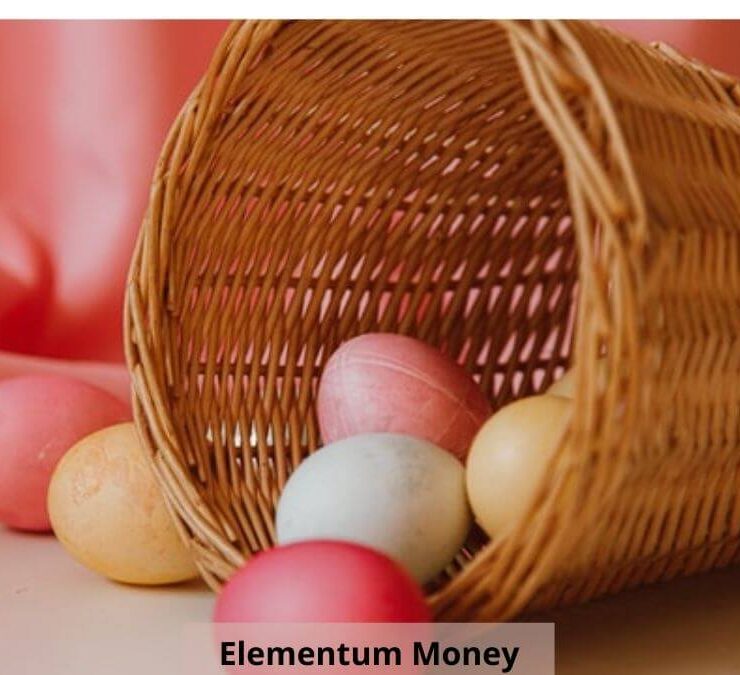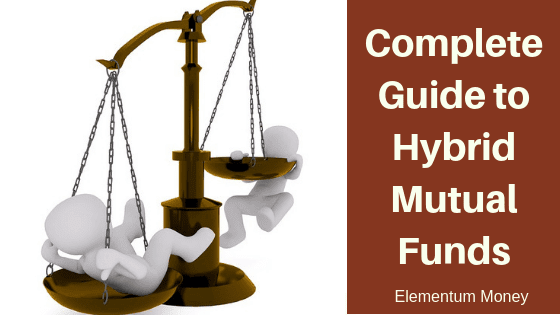As part of my job I meet quite a few clients, all in a day’s work. It also often makes me realize just how low awareness of some of the basic fundamentals of Personal Finance is. Most of the times I end up repeating a lot of the same spiel. So much so, that I fear these days in my sleep also I might just be rattling out mutual fund facts!
Within mutual funds, one handy way to think about the categories is by asset class – debt, equity and hybrid (mix of debt and equity). As I was going through the published posts, I realised that while I have covered the debt and hybrid mutual funds in detail, surprisingly enough, I have missed out on talking in detail about hands-down my favourite category of Equity mutual funds. Ironically, it is also the type which finds the highest number of fund types at 10 in the 16 categories defined by SEBI.
So, I realised instead of reinventing the wheel every time I have to email recommendations to clients, might as well house all the wealth of information floating in my head on the topic at this convenient junction where it could end up helping out more people. If you are still confused about mutual funds, ensure you first read about what mutual funds are before jumping to this guide.
Definitions of the three market caps
As a reminder, below are the three market caps (or market capitalization which is calculated as market price multiplied by the number of shares outstanding) as defined by SEBI and the implications thereof:
1. Large Cap
The first 100 companies by market capitalization fall in this category. As the name suggests, these are the largest companies by market capitalization – stable and probably sluggish. When you think of the returns, these are the predictable guys whom you can bank on in the bad times but will likely not get too exciting in the good times either.
2. Mid Cap
The next 150 (essentially 101-250) companies by market cap fall in this category. Mid caps can often feel like the middle child – should they act mature for which the elder sibling is there anyway or should they revert to the childishness better suited to the younger one. Similarly, some of the mid caps end up transforming into the large cap companies of the future while some end up not surviving a few rough years. So, in essence, higher volatility than Large Cap with a probability of slightly higher returns.
3. Small Cap
Anything below 250 in market capitalization is denoted as Small Cap, meaning thousands of companies fall in this bracket. Undoubtedly the most volatile with also a high scope of growth, these companies are the ones which also come with enough scope of growth.
Type of Equity Mutual Funds
To cut through some of the confusion, I will divide the type of funds into the recommended investing horizon. This will be dependent on the risk profile of the funds in question. Do note that pure equity mutual funds should be entered with a minimum 3 years investing horizon in mind. For anything shorter, it is ideal to consider hybrid funds or even debt funds.
Short term – 3+ years
The funds mentioned below are lower on the risk paradigm which make them a relatively safer bet for investors just testing the waters with entering equity or even money meant to be invested for the short term.
Large cap / Bluechip
Probably the fund with the strictest market cap allocation mandate, Large Cap or Bluechip funds are mandated to have atleast 80{76b947d7ef5b3424fa3b69da76ad2c33c34408872c6cc7893e56cc055d3cd886} allocation to Large Cap stocks. Considering the rally these stocks have been experiencing in the recent past, a lot of these funds have happily increased their allocation to the applicable stocks. Stable and steady, they are a good entry point for anyone looking to start their equity investing journey.
Multicap
Multicap funds lie on the other extreme of the fund flexibility spectrum, with no restrictions on market cap allocation or the number of stocks held. In some ways, to use cricket terminology, these funds are pretty much like all rounders. Depending on the market momentum, the fund manager is free to take his or her calls. When they see an opportunity in mid and small cap stocks, they will happily move from large cap and vice versa.
ELSS
ELSS or Equity Linked Savings Scheme are the go-to funds for anyone looking to save tax and create wealth while doing so. With a short lock-in period of 3 years, ELSS funds also follow a multicap strategy making them fair game for the short term.
Medium term – 5+ years
These funds generally fall in the medium term recommended investing horizon of 5+ years, when considered for risk and volatility.
Focussed
While being multi cap in nature, these funds follow a mandate of having a portfolio of less than 30 stocks. This makes them slightly higher risk than Multicap considering the concentration with just a few high conviction bets. Since there can be only less than 30 stocks, the fortunes of the entire portfolio can swing by quite a bit with movement in any of those constituent stocks. Hence, an ideal horizon would be atleast 5 years.
Large & Mid Cap
With a mandate of a minimum 35{76b947d7ef5b3424fa3b69da76ad2c33c34408872c6cc7893e56cc055d3cd886} each in large and mid cap stocks, this fund category straddles the two market caps pretty well. A lot of funds in the category end up keeping the balance at 50-50 whereas some funds even end up choosing some small cap stocks to add to the mix, through the 30{76b947d7ef5b3424fa3b69da76ad2c33c34408872c6cc7893e56cc055d3cd886} flexible category. Considering a mandated exposure to mid caps and large caps makes this category a medium risk and medium investing horizon bet.
Long term – 7+ years
These are the funds which typically reap returns to the patient investor. Over 7 years, there may be points of total glee quickly followed by those of utter frustration. However, in this kind of a horizon, these funds are bound to be the best bets at wealth creation.
Mid cap
As per the guidelines, these funds are mandated to have atleast a 65{76b947d7ef5b3424fa3b69da76ad2c33c34408872c6cc7893e56cc055d3cd886} allocation to the mid cap stocks. Considering mid caps can be volatile, with a lot of investors ditching them in the tough times as well as some companies shriveling in the heat of economic stresses, this category comes with it’s fair share of glory and disasters. However, with equity, over the long term volatility does tend to smoothen out and risk lesser, making for good returns.
Small Cap
With thousands of stocks crowding this universe, in this fund category, it is really all about the fund manager. A lot of companies in this market cap are still in their infancy, giving them a lot of scope for growth over the years. Well managed companies with sound fundamentals, apart from stumbling in tough times when investors might go for more time-tested reliable pastures, end up being wealth churners for years. Invest in this category only for long term financial goals, could be retirement or even an education goal for your new-born.
Miscellaneous
While I like keeping things simple when it comes to Personal Finance, there are also certain categories of mutual funds which don’t fall in the market cap based segregation and neither can they be neatly recommended per se for a particular duration. However, some investors do prefer them for specific purposes in their portfolio.
Value funds
There are two kinds of investing strategies when it comes to stocks. One called growth stocks is where the stock price simply keeps pace with the growth of the company. On the other hand, there are the value stocks whereby the valuation has been beaten down for some reason. When the fortunes of the company turn and it starts growing, the price of the stock grows much higher than the growth of the company and it’s business. As you can imagine, the strategy can be somewhat risky. What is identified as a value stock may or may not turn out to be so.
Theme based funds
Personally, I am definitely not a proponent of this category. One of the biggest benefits of mutual funds is the kind of diversification it provides, especially across sectors. Most thematic funds are sector specific, be it Pharma or Infrastructure. There are also theme based funds per se like a Consumption fund. I believe good market cap based stocks generally take care of investing needs far better than such niche categories.
Dividend Yield Funds
There are some stocks which are well known in the market for their long and regular trend in the dividend yield. This fund category aims to invest in those stocks. However, in India, the dividend yield for most companies is pretty low as there are still enough and more avenues for companies to pump back the profits for growth.
When we understand the basics or the “nuts, bolts and washers” (as an MBA professor liked to refer to it as), things are far simpler. I hope this guide acts as a routemap to navigate the often-complicated terrain of equity mutual funds.
If anything in this is confusing or you have further queries, do mention in the comments below.





Leave a Reply